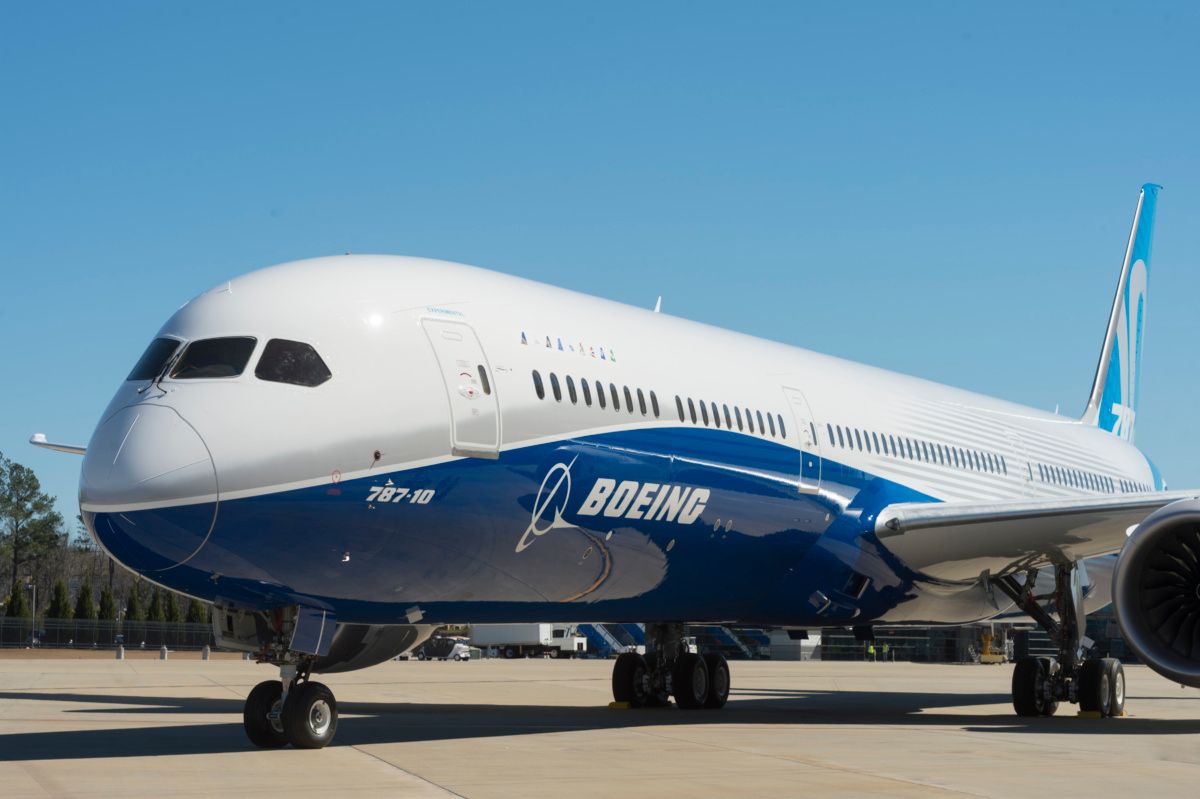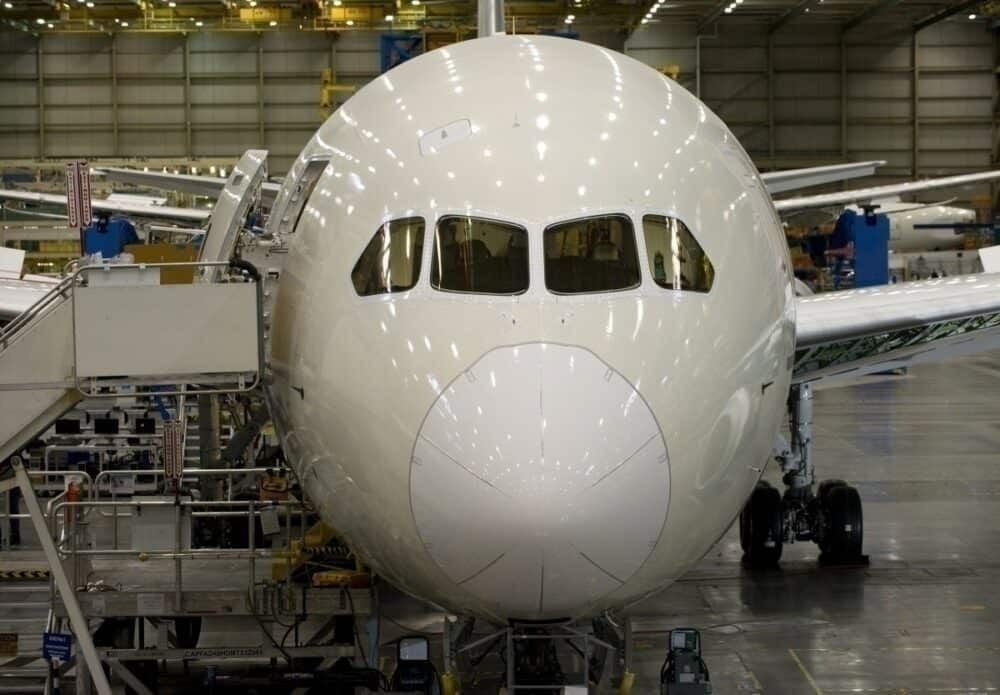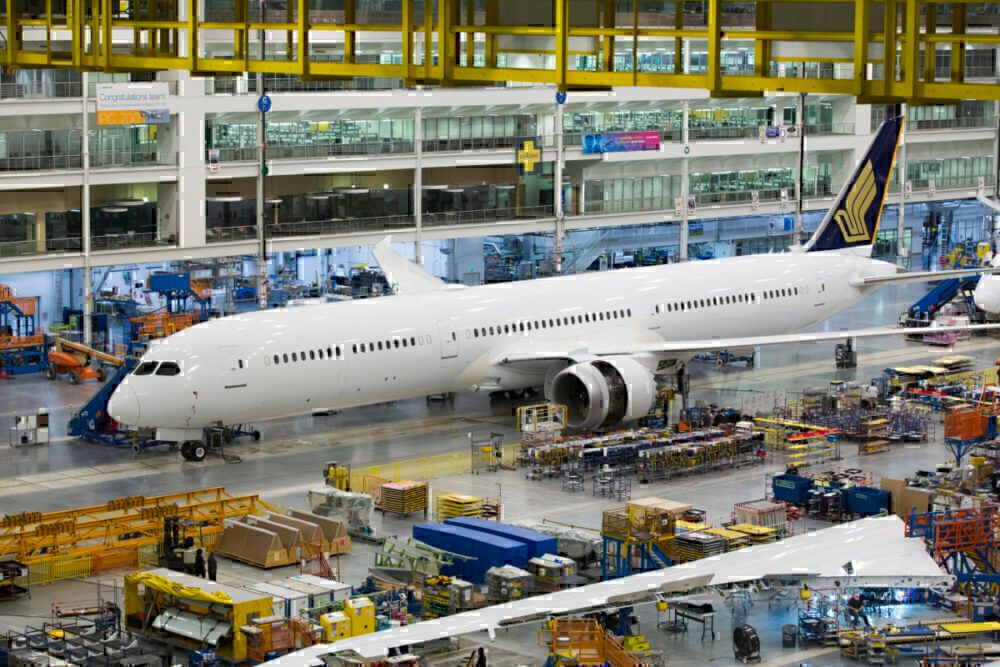Boeing has instructed some of its airline customers to pull eight Dreamliners from service immediately. The aircraft in question have been found to have a structural issue that may mean they are unable to withstand the natural stresses of flight. Boeing has notified the FAA and estimates it will take two weeks per aircraft to remedy the issue.
Eight Dreamliners immediately grounded
Boeing has instructed a number of airlines to immediately cease operating eight recently built Dreamliners amid concern over a manufacturing issue. The story was broken by Jon Ostrower at The Air Current yesterday.
Ostrower said that, according to an unnamed source,
“…an area of the structure in the rear of the aircraft is unable to withstand the maximum stress that would be experienced by the aircraft in service and could fail.â€
It’s the first time an issue with the Dreamliner has prompted an immediate grounding of the type and suggests that this is a critical fault. Boeing told Jon Ostrower that it has,
“…identified two distinct manufacturing issues in the join of certain 787 aft body fuselage sections which, in combination, result in a condition that does not meet our design standards.â€
Overall, it seems that eight aircraft are affected, with all being immediately pulled from service. Affected airlines include United Airlines, Air Canada, and Singapore Airlines.
According to additional reporting in Bloomberg, Boeing confirmed that eight aircraft had been affected. In a statement to the publication, it said,
“We determined that eight airplanes in the delivered fleet are affected by both issues and therefore must be inspected and repaired prior to continued operation. We immediately contacted the airlines that operate the eight affected airplanes to notify them of the situation, and the airplanes have been temporarily removed from service until they can be repaired.â€
Stay informed: Sign up for our daily aviation news digest.
What’s the issue with the Dreamliners?
According to The Air Current, the structural issue relates to a mating point inside the rear fuselage. Two carbon fiber barrels meet at a bulkhead, capping the pressurized section of cabin. Boeing uses shims to fill the naturally occurring gaps at the join, employing robotic scanning to ensure they are adequately filled.
In the case of the eight grounded aircraft, these gaps were not properly dealt with. Incorrect placement of the shims means stresses on the airframe are unevenly distributed, although Ostrower states that, on their own, this would not be an issue. The second issue is that the carbon fiber inner skin is less smooth than it should be, which, in combination with improperly filled gaps, could significantly weaken the structural integrity of the fuselage.
The carbon fiber-heavy fuselage of the Dreamliner is one of its biggest selling points. The lightweight construction makes it incredibly efficient but brings with it certain issues that Boeing needs to deal with. For the past decade, the manufacturer has successfully employed this predictive shimming technology with no issue.
Problems at Charleston
All Boeing’s Dreamliner fuselage fabrication and joining is conducted at Charleston, although they may then go on to final assembly at either the nearby FAL or its other factory in Everett. Boeing has been mooting consolidating 787 production in Charleston, removing the Everett FAL from the program.
Charleston has previously come under scrutiny for the quality of aircraft builds. Customers, including Qatar Airways, have gone so far as to reject aircraft delivered from the plant, stating that they are not up to the standards they expect from Boeing. There have been accusations that workers have been under pressure to turn out aircraft rapidly, sometimes skipping over relevant quality control checks.
Boeing has reportedly notified the FAA of the issue with the Dreamliners, but states that it has reviewed the rest of the in-service fleet and determined that they are able to “meet limit load capability.†It further says that the remedial work is estimated to take around two weeks.



